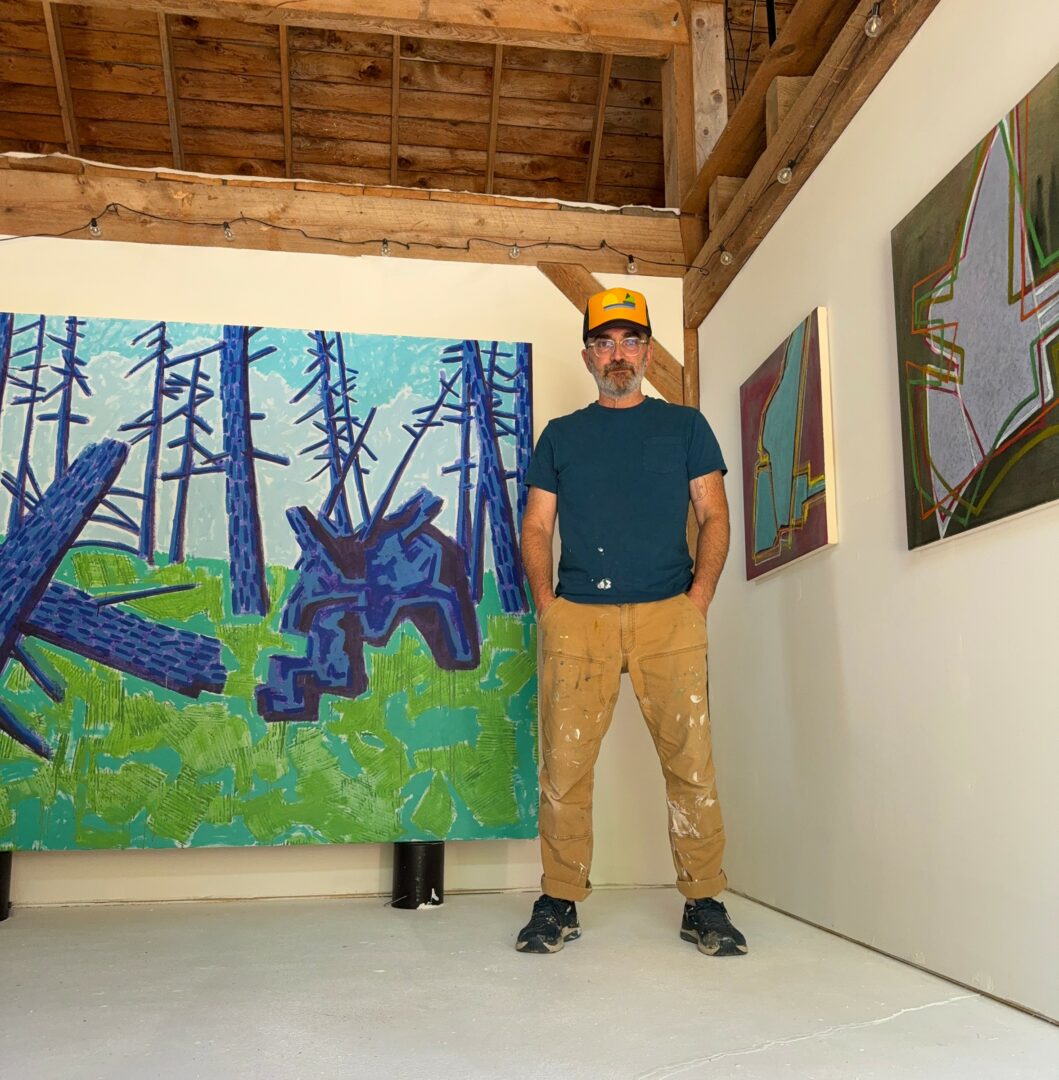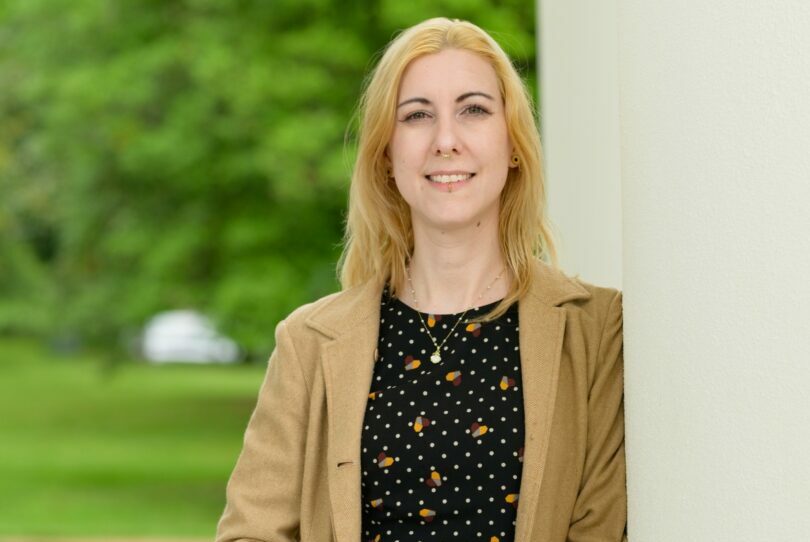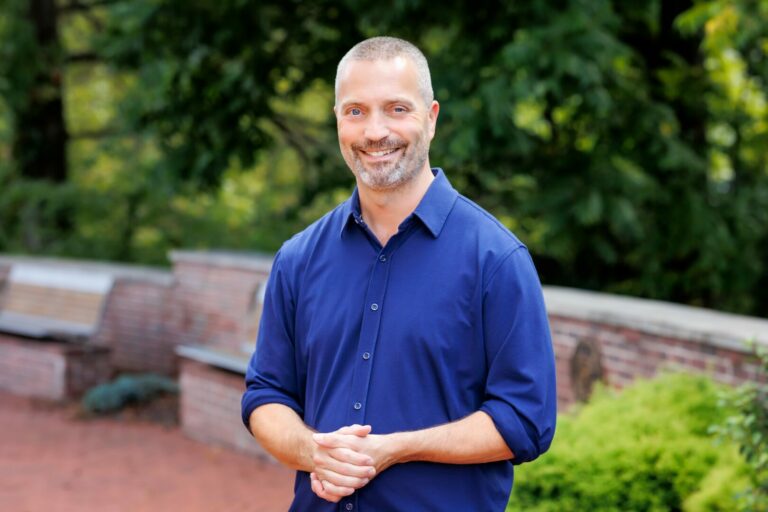Richard Keen III shared their story and experiences with us recently and you can find our conversation below.
Richard, so good to connect and we’re excited to share your story and insights with our audience. There’s a ton to learn from your story, but let’s start with a warm up before we get into the heart of the interview. Are you walking a path—or wandering?
I believe I’m walking on a path. Walking on a path versus wandering reveals fundamental differences in how I approach life and creativity. While wandering might serve as a restorative practice—particularly useful during vacation or when specifically seeking unexpected discoveries—I find profound value in being able to see a path or destination and move purposefully toward it. This path-oriented mindset demonstrates my clarity of vision, intentionality, and ability to translate goals into meaningful action and progress. In my creative practice, this approach creates an ideal balance between purposeful direction and experimental discovery, allowing me to explore new materials or techniques within a focused framework rather than through aimless investigation. Even my most experimental work benefits from this underlying sense of direction because that exploration fits into my larger artistic trajectory. This self-aware approach to purposeful movement creates cohesive growth where discovery happens within intentional parameters, ensuring that even unexpected findings contribute to my evolving, unified vision rather than scattered wandering.
Can you briefly introduce yourself and share what makes you or your brand unique?
I grew up in a blue collar family from eastern Pennsylvania. As a boy we moved to the Midwest out in Elkhart, Indiana where farm fields and factory buildings were abundant. At an early age I gravitated towards music and art, and by the time I was a junior in high school, I was focused on going to college for art. After undergraduate school and graduate school, I taught art in private and public schools, followed by becoming a commercial diver, which helped offer me more time to make art and also became the major influence on my work. Last fall, after 22 years of diving, my wife and I decided it was time to hang that day job up and see if I could live as an artist without a day job.
I have lived and worked in Maine since 1999. My visual art is abstract and explores the connections between place and perception through bold color, geometric forms, and the merging of natural and built environments. I earned a BFA from Millikin University and an MA from S.U.N.Y. Albany. My artistic vision, influenced by coastal landscapes and my experience as a commercial diver, is reflected in works held in public and private collections worldwide and featured in the U.S. State Department’s Art in Embassies program. I have received grants from the Maine Arts Commission, the Berkshire Taconic Community Foundation, and Rhode Island Sea Grant. My solo exhibitions have been presented at the Midwest Museum of American Art, the Garage Art Center in Queens, Moss Galleries in Portland, and the Zillman Art Museum in Bangor. I also show with Anita Rogers Gallery and The Painting Center in New York City, along with Courthouse Gallery in Ellsworth, ME. In addition to my studio practice, I have completed multiple public art commissions, including large-scale murals for educational institutions and community spaces. My work has been reviewed in Art New England, Portland Press Herald, Maine Home + Design, Dispatch Magazine, Fresh Paint Magazine, and Studio Visit Magazine.
Great, so let’s dive into your journey a bit more. Who taught you the most about work?
Being from a blue collar family, having a solid work ethic was engrained in me from the young age of 12. My mom was a nurse and my dad played the field from mechanic, to car and generator sales, to small business owner. At age 14, I would ride my bike about 4 miles to my first job stocking shelves at a local drug store. All through high school and undergraduate school I worked for my dad and step mom’s small catering truck business when I wasn’t in school, playing in a band or playing sports. Throughout high school and college, my art teachers and professors also instilled a strong work ethic as well and taught me the importance of being dedicated and regimented in the studio.
When did you last change your mind about something important?
The Leap: Leaving Security for Art
For several years leading up to the fall of 2024, I had been wrestling with an exit strategy to leave my diving business—what I had always considered my “day job”—to dedicate more time to my visual art career. This wasn’t simply a career change; it was a fundamental shift in identity and financial security that touched on deep-seated fears about losing stable income, abandoning the safety net I had built over 22 years, and potentially failing as an equal financial partner in my marriage.
The diving work had provided more than just income—it offered predictability, professional respect, and the kind of steady paycheck that blue collar values had taught me to never take for granted. Having grown up watching my parents navigate the uncertainties of small business ownership and varied employment, I understood intimately the value of reliable work. The fear of giving up that security felt almost like betraying the work ethic that had been instilled in me since I was twelve years old.
I had methodically developed a five-year plan to make this transition gradually, carefully calculating financial cushions and artistic milestones that would justify the risk. But life rarely follows our careful timelines. The summer of 2024 brought a series of profound life events—family deaths that forced deep soul searching about time, legacy, and what truly mattered. These losses crystallized a growing awareness that waiting for the “perfect” moment might mean waiting forever.
The catalyst came when my wife Heather took on a new job, shifting our family dynamic in ways that made my leap feel less like abandonment and more like partnership. Her support, combined with the raw clarity that grief can bring, helped me recognize that my careful five-year plan was perhaps more about managing fear than creating opportunity.
So I took the leap. I sold my shares in the business that had sustained us for over two decades and we moved further up the coast of Maine, purchasing an 1818 house and a two-story post and beam barn that we began renovating to become my new studio. This wasn’t just a career change—it was a complete reimagining of how we would live, work, and define success.
The fears haven’t disappeared entirely. Questions about financial stability, professional identity, and long-term sustainability still surface regularly. But there’s something profoundly liberating about finally aligning daily work with deeper purpose, about trusting that the same work ethic that made me successful as a diver could sustain me as a full-time artist. The renovation of our 200-year-old buildings feels metaphorical—taking something with strong bones and good history and adapting it for contemporary needs, honoring the past while building toward an uncertain but exciting future.
I think our readers would appreciate hearing more about your values and what you think matters in life and career, etc. So our next question is along those lines. Whom do you admire for their character, not their power?
I would have to chose Michelle Obama. She exemplifies grace under fire through her remarkable ability to transform adversity into opportunity and criticism into constructive dialogue. Throughout her time as First Lady and beyond, she has faced unprecedented scrutiny, often rooted in both racial and gender bias, yet has consistently responded with dignity, intelligence, and an unwavering commitment to her values. Rather than allowing criticism to diminish her voice or narrow her focus, she has used these challenges as platforms to advocate for issues she believes in—from childhood nutrition and education to military families and girls’ global education. Her approach to facing adversity demonstrates emotional intelligence and strategic thinking: she acknowledges the reality of unfair treatment while refusing to be defined or limited by it. When criticized for her fashion choices, her advocacy work, or even her presence in public spaces, she has consistently taken the higher road, using her platform to elevate important conversations rather than engage in divisive rhetoric.
Before we go, we’d love to hear your thoughts on some longer-run, legacy type questions. When do you feel most at peace?
I have several places where I feel most at peace. In the studio with paintings in full swing and all of the smells of different paints and inks. In bed with my wife, 3 dogs, and a hot mug of coffee listening to the birds outside. In front of the woodstove with a hot chai latte, and out on a woods trail or beach hike with my crew.
Contact Info:
- Website: https://richardkeenstudio.com/home.html
- Instagram: @richardkeenartstudio
- Linkedin: https://www.linkedin.com/in/richard-keen-98057934/
- Facebook: https://www.facebook.com/richard.keen.79
- Other: https://www.artworkarchive.com/profile/richard-keen
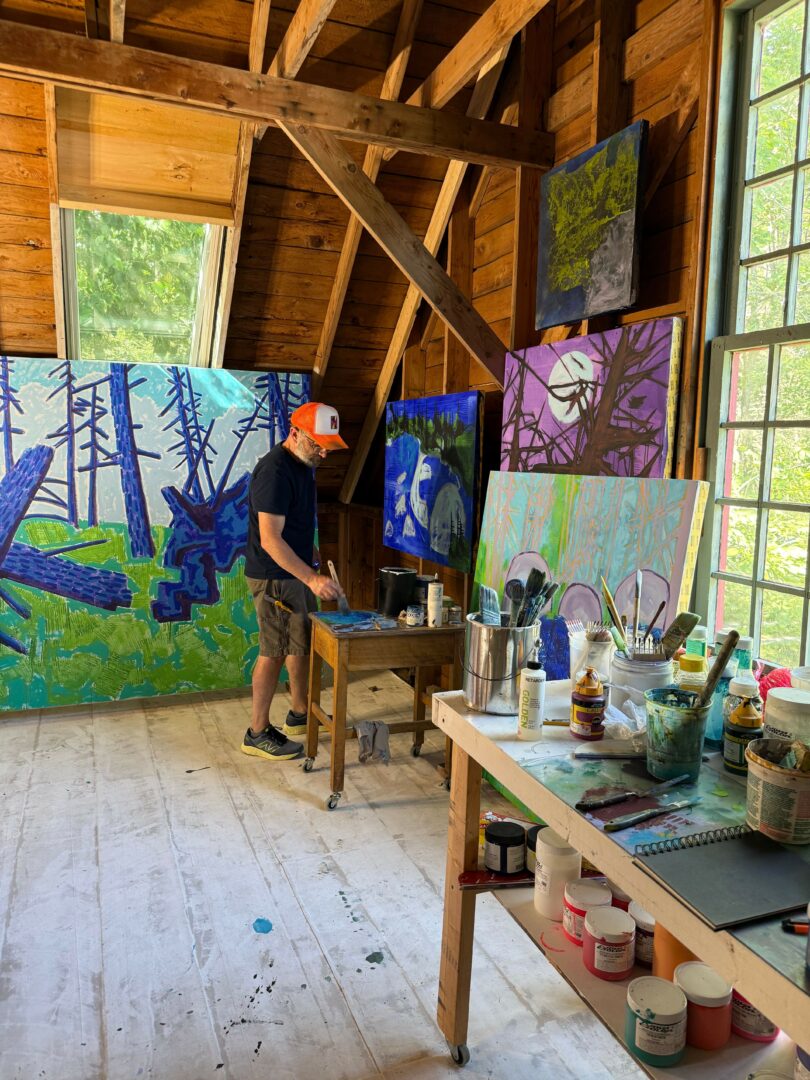
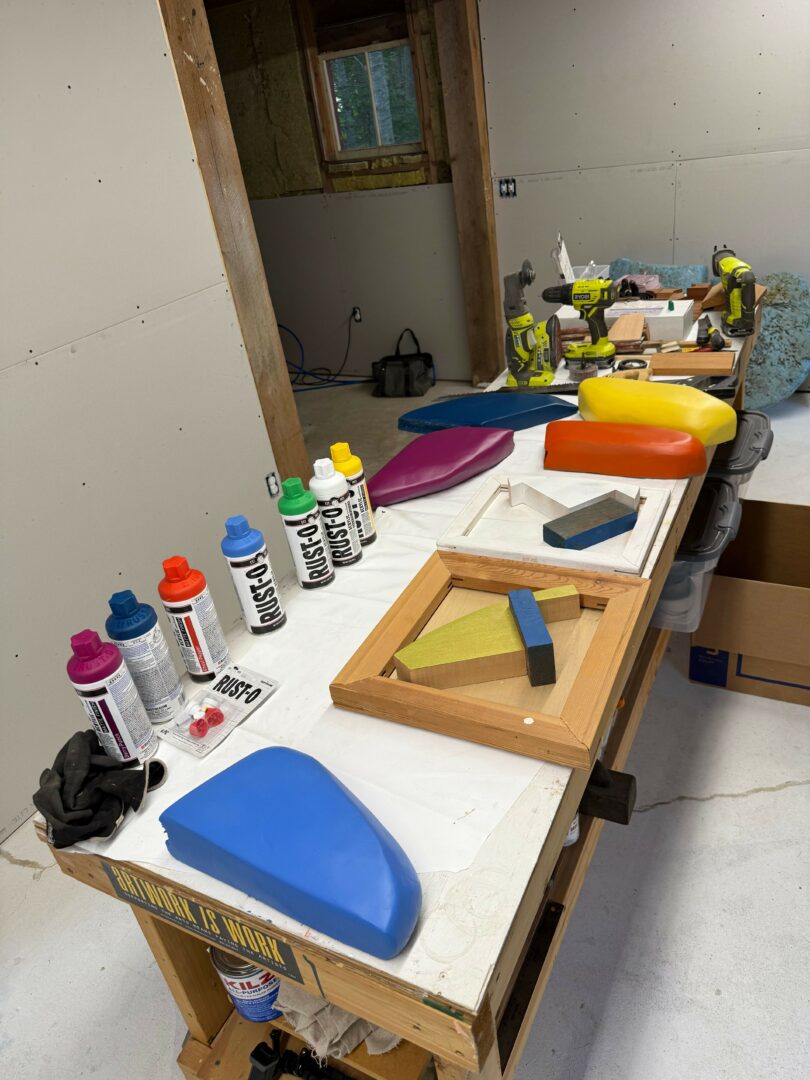
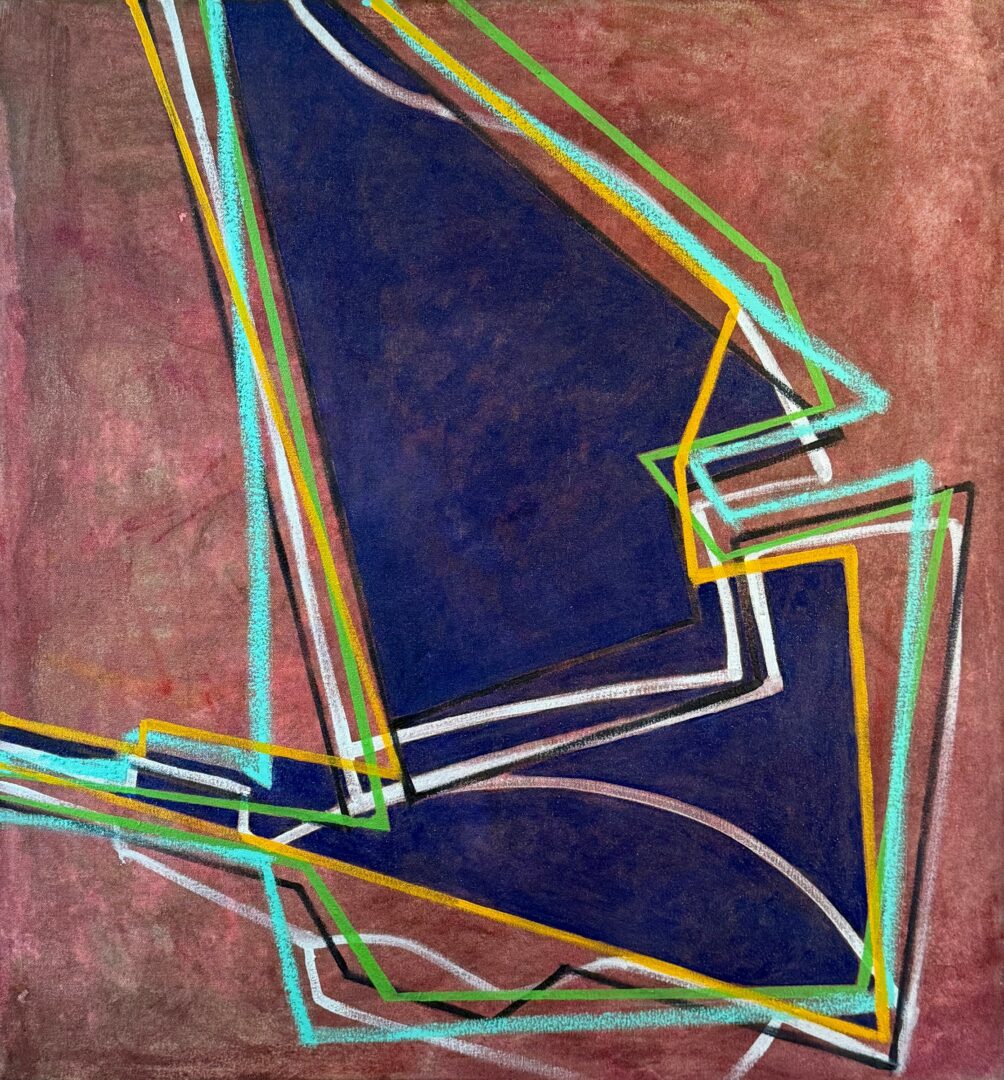
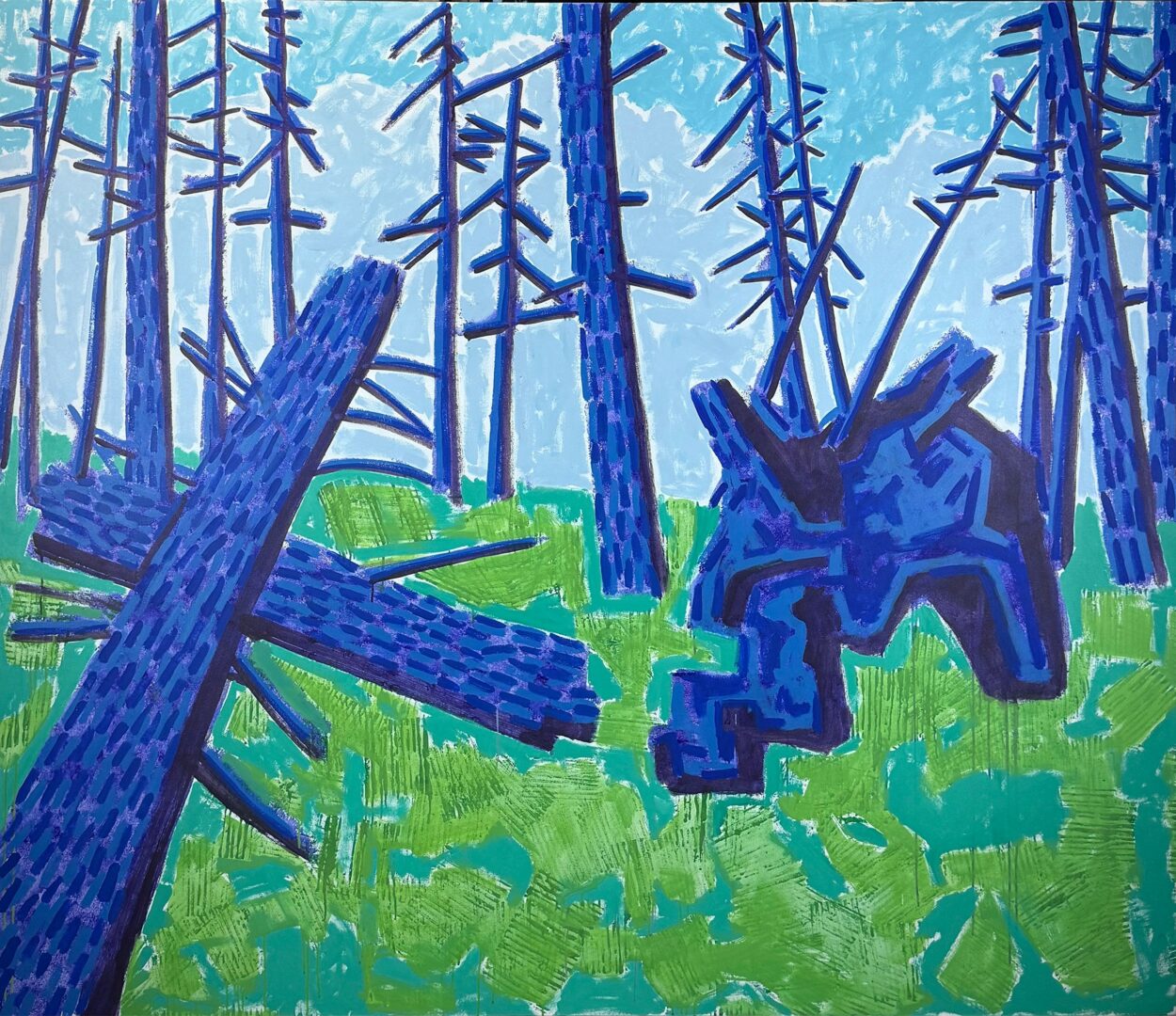
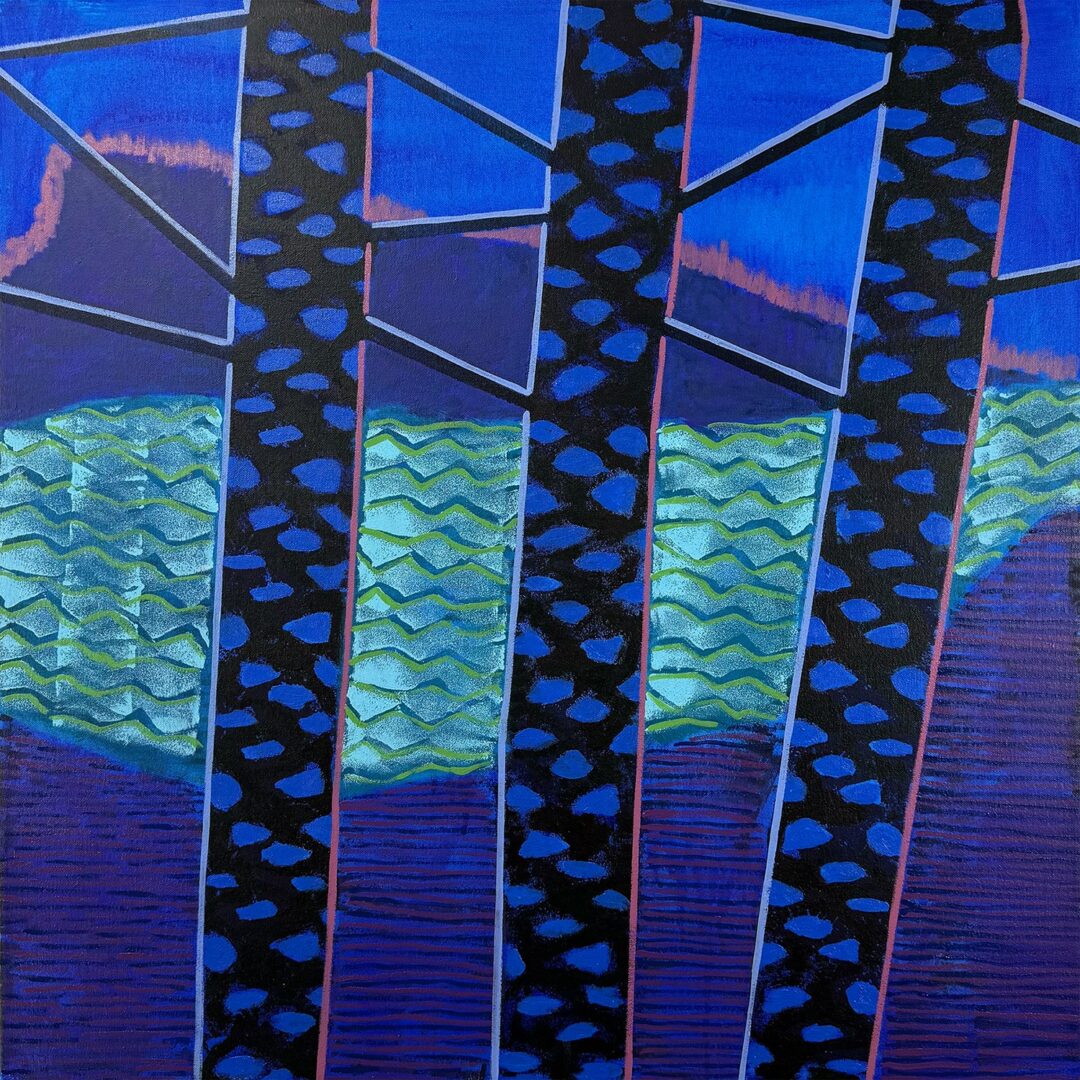
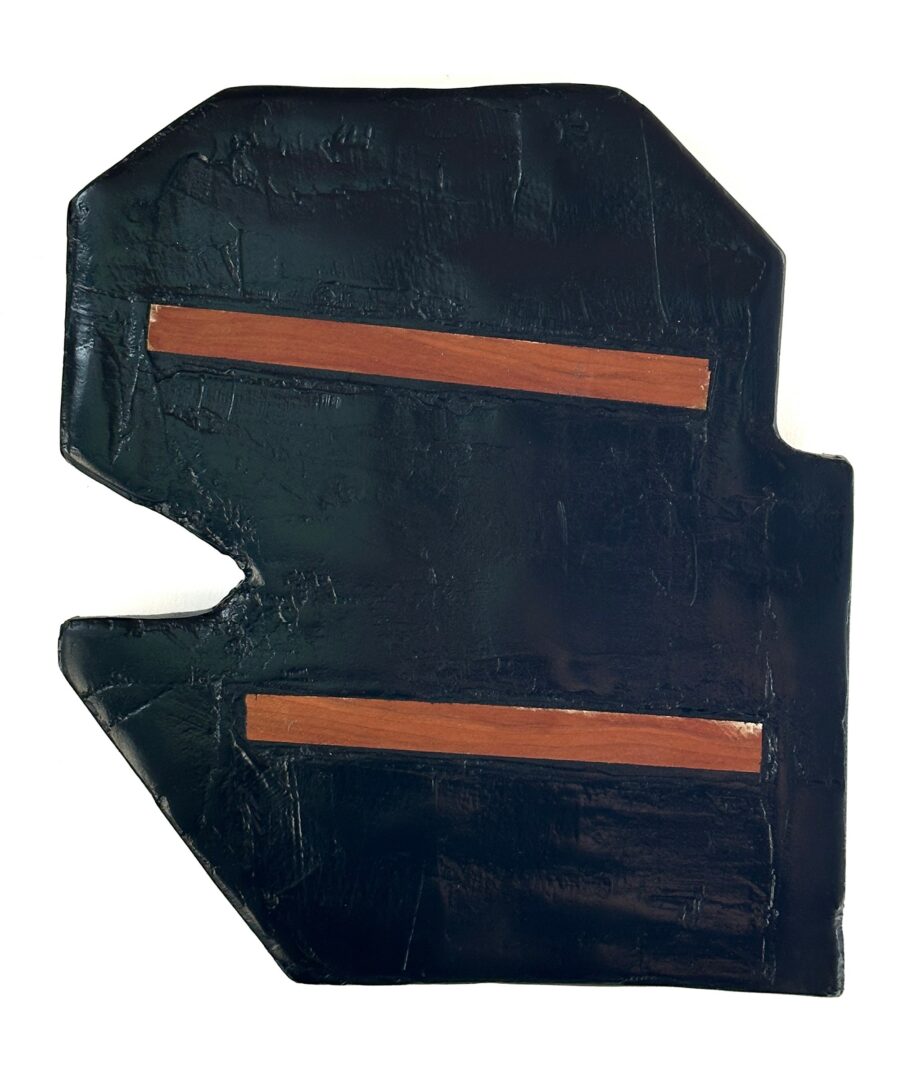
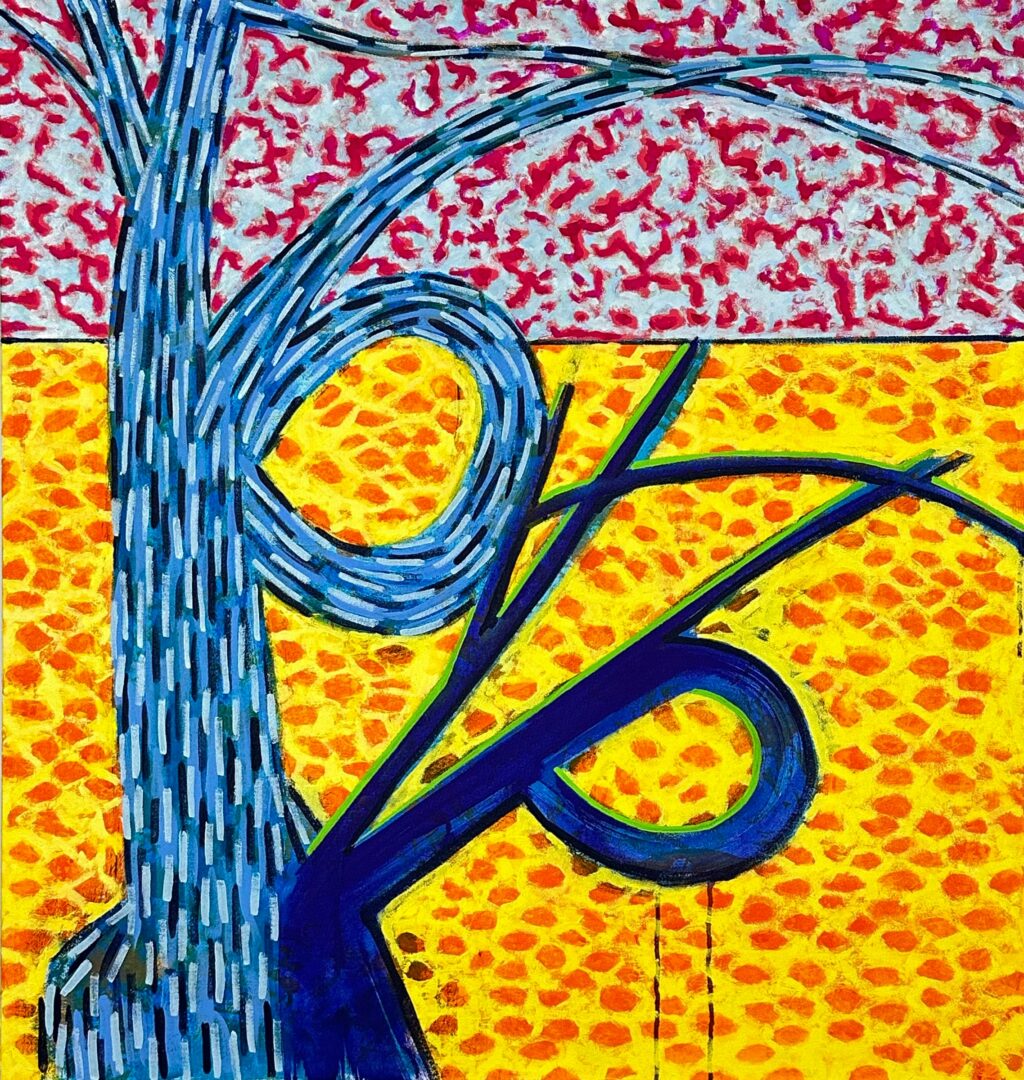
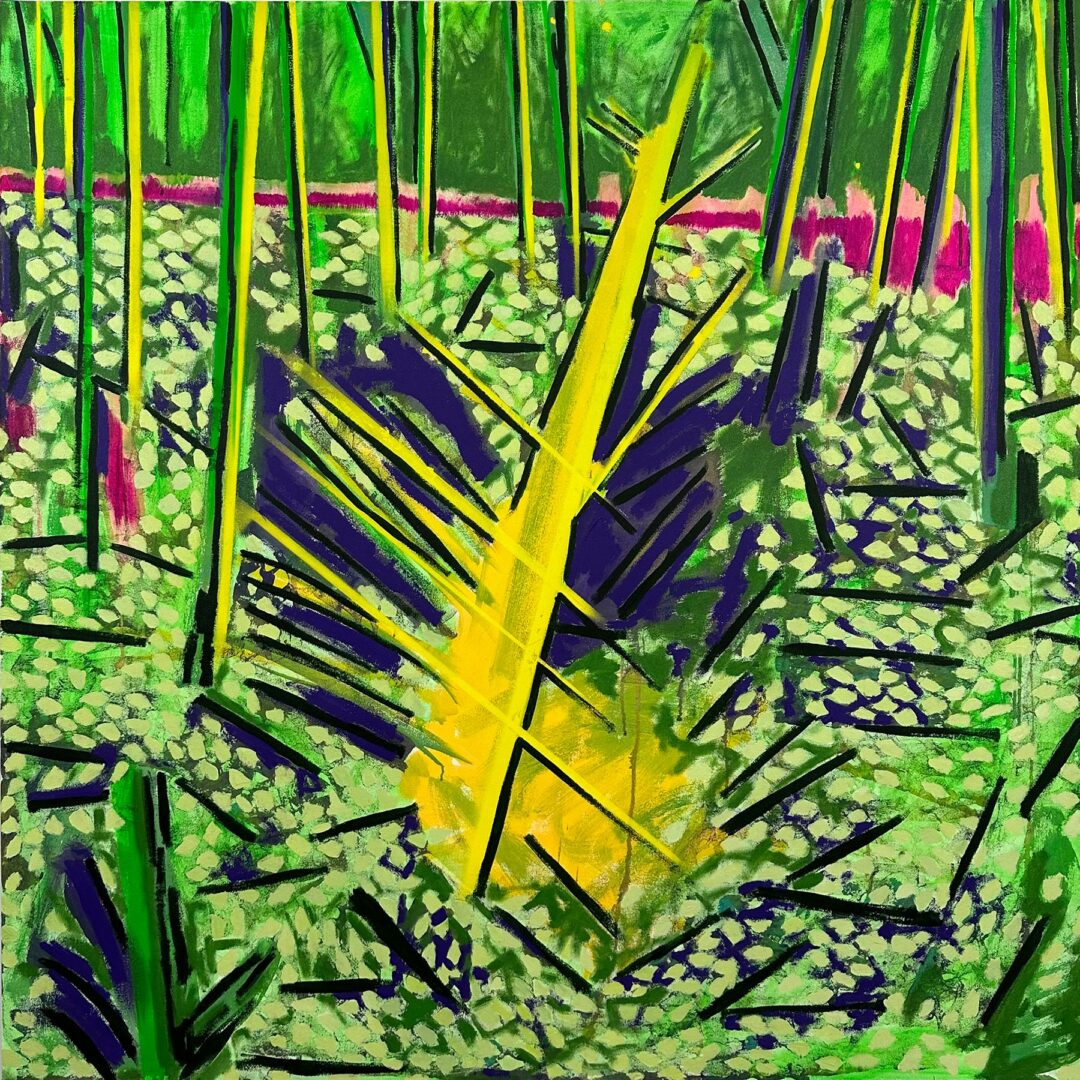
Image Credits
Images courtesy of the artist.
so if you or someone you know deserves recognition please let us know here.

